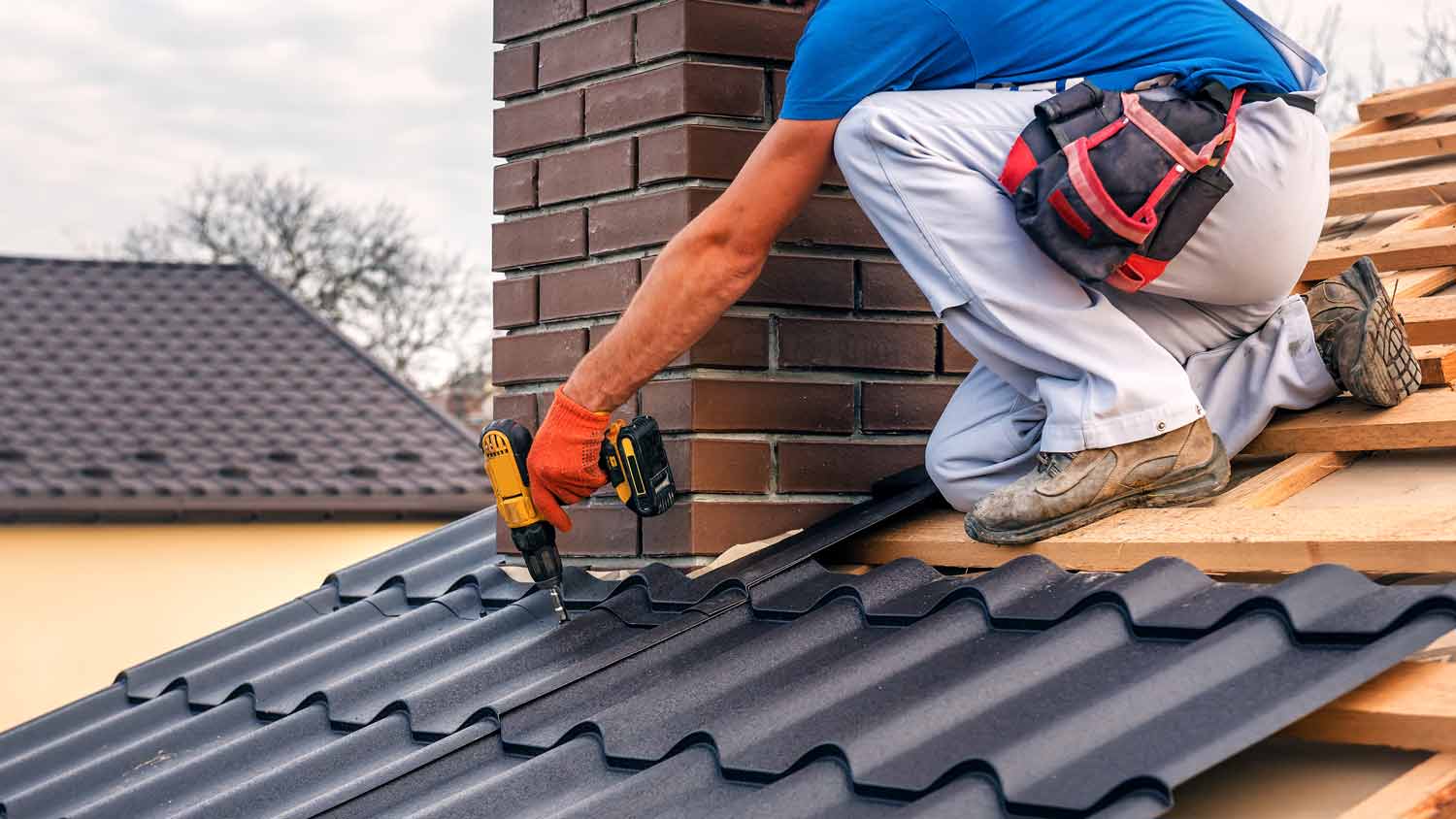
Bel Islands Roofing and Siding
Bel Islands Roofing and Siding
We have more than 15 years of experience roofing, siding and remodeling homes throughout the Cape Cod, MA area. Our licensed and certified crew assure quality workmanship because all of our work is done by factory certified installers. We don’t hire sub-contractors. Plus, we guarantee our work with a 15 year labor warranty and we stand behind the manufacturer’s warranties. You can rely on us to provide: The best materials Quality experienced workmanship Friendly, reliable and courteous crew Save yourself from costly repairs down the road. Have your roof inspected today belislandsroofingandsiding.com.
"We give Bel Island Five Stars for our house siding project with Hardy plank siding and Maibac shingles. When Andrei and his crew came to our house, they removed our old painted curling shakes and replaced them with beautiful Cape Cod grey Hardy plank siding on the front of the house, and Maibec shakes on the gables and kitchen entry way, with white Azak trim all around in less than a week. They replaced two windows with Harvey windows as well. The entire crew was respectful and tidy at the end of each day and cleaned up at the end of the job like they were not even there. The best thing was the price. Get three estimates, you will be shocked at Andrei's price. We got 4 prices and the closest to Andrei's was $15,000 more than his quote which he stuck to."
Ernie H on November 2022
We have more than 15 years of experience roofing, siding and remodeling homes throughout the Cape Cod, MA area. Our licensed and certified crew assure quality workmanship because all of our work is done by factory certified installers. We don’t hire sub-contractors. Plus, we guarantee our work with a 15 year labor warranty and we stand behind the manufacturer’s warranties. You can rely on us to provide: The best materials Quality experienced workmanship Friendly, reliable and courteous crew Save yourself from costly repairs down the road. Have your roof inspected today belislandsroofingandsiding.com.
"We give Bel Island Five Stars for our house siding project with Hardy plank siding and Maibac shingles. When Andrei and his crew came to our house, they removed our old painted curling shakes and replaced them with beautiful Cape Cod grey Hardy plank siding on the front of the house, and Maibec shakes on the gables and kitchen entry way, with white Azak trim all around in less than a week. They replaced two windows with Harvey windows as well. The entire crew was respectful and tidy at the end of each day and cleaned up at the end of the job like they were not even there. The best thing was the price. Get three estimates, you will be shocked at Andrei's price. We got 4 prices and the closest to Andrei's was $15,000 more than his quote which he stuck to."
Ernie H on November 2022













